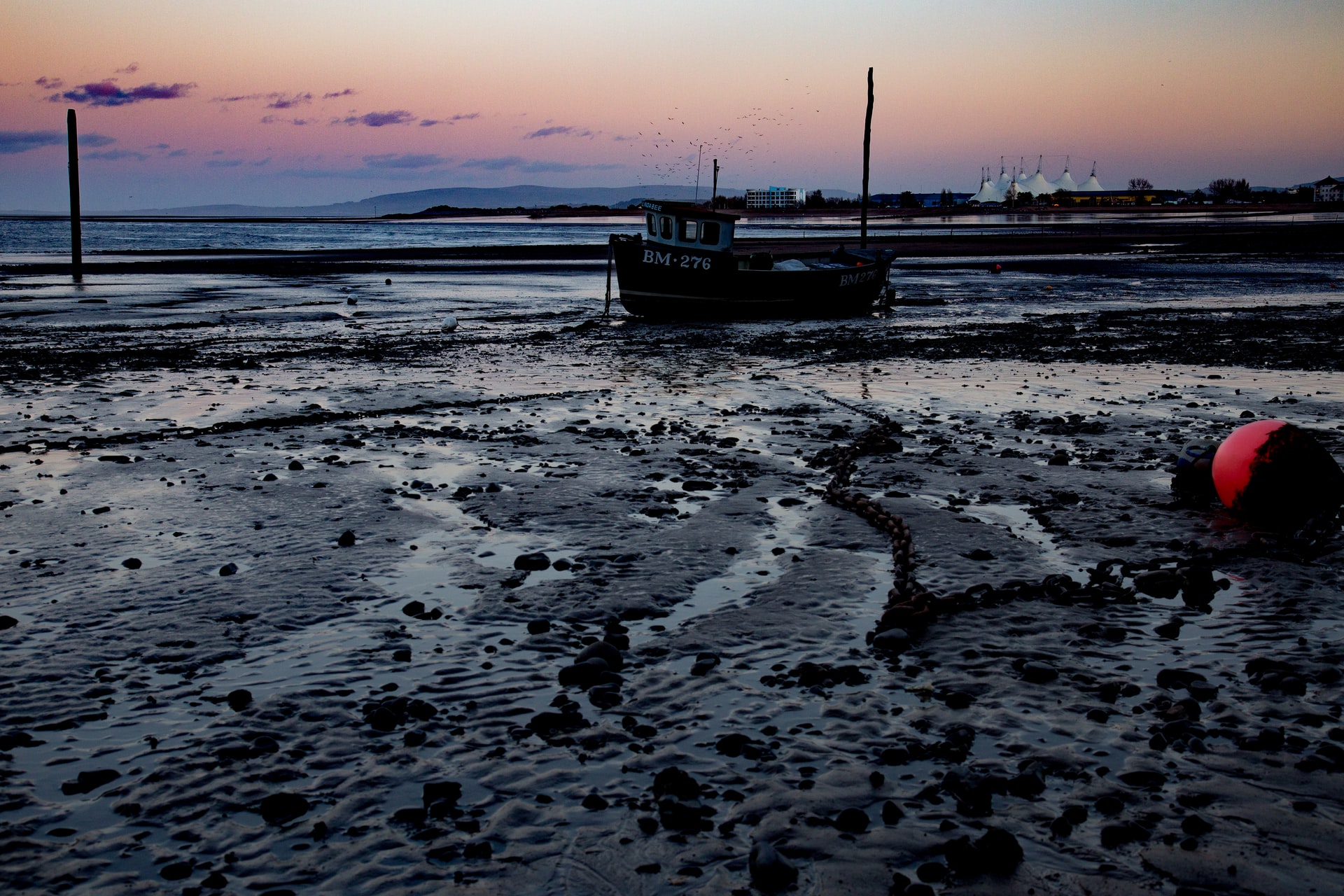
Where is Skegness?
Where is Skegness? This large town in south-east Lincolnshire is a popular seaside resort. Founded in the mid-nineteenth century, Skegness was home to the famous Butlins holiday camp. A clock tower was erected in 1935 to commemorate Queen Victoria’s Diamond Jubilee. There are Roman remains along the shore, and it’s said that the Romans used the flat Lincolnshire coastline for salt production.
Today, Skegness is still a seaside town, with a picturesque Victorian pier and a Blue Flag beach. Its seafront and nostalgic family amusements are among Skegness’s main attractions. The town is best known for its Grand Parade, which hugs the foreshore and is bordered by gardens. The Jolly Fisherman was originally a Great Northern Railway tourism poster. The tagline, “Skegness is bracing and enchanting”, is a perfect summary of the town’s charms.
The quaint dune land, lined with flower beds and trees, is the town’s trademark. It was also the subject of a 1950s Great Northern Railway tourism poster by John Hassall, which inspired the famous Jolly Fisherman. In this image, the dune land has an elevated edge, creating a small natural harbour.
Skegness is an old-fashioned English seaside resort. It features a Victorian pier and a Victorian beach, and a line of nostalgic family amusements. The town is surrounded by attractive gardens and the iconic Jolly Fisherman, which was created by John Hassall for a Great Northern Railway tourism poster. The city is so bracing that it even has its own slogan, “Skegness, England”.
Located in northeastern England it is a popular tourist destination in the region, and the town’s attractions can vary from local seaside markets to major attractions in the UK. The local gentry often visit Skegness for its picturesque seafront, and the late 18th and early nineteenth century transformed it into a fashionable coastal resort.
The pier dates back to 1881 and was formally inaugurated by the Duke of Edinburgh. It was built along the new shoreline and hosted steamboat cruises to the Wash. When the railways arrived, the town became a popular seaside destination. It is located at the mouth of The Wash, so it’s a natural choice for a seaside getaway.
The town is home to a large collection of museums. The Havenhouse Farm Museum is a thriving open-air museum on the site of a former farm. The museum’s collections include an 18th-century farmhouse, as well as other buildings from the town’s surrounding area. Visitors can see authentic rural life and machinery and learn about farming. At the end of the day, the towns are a great place to explore.